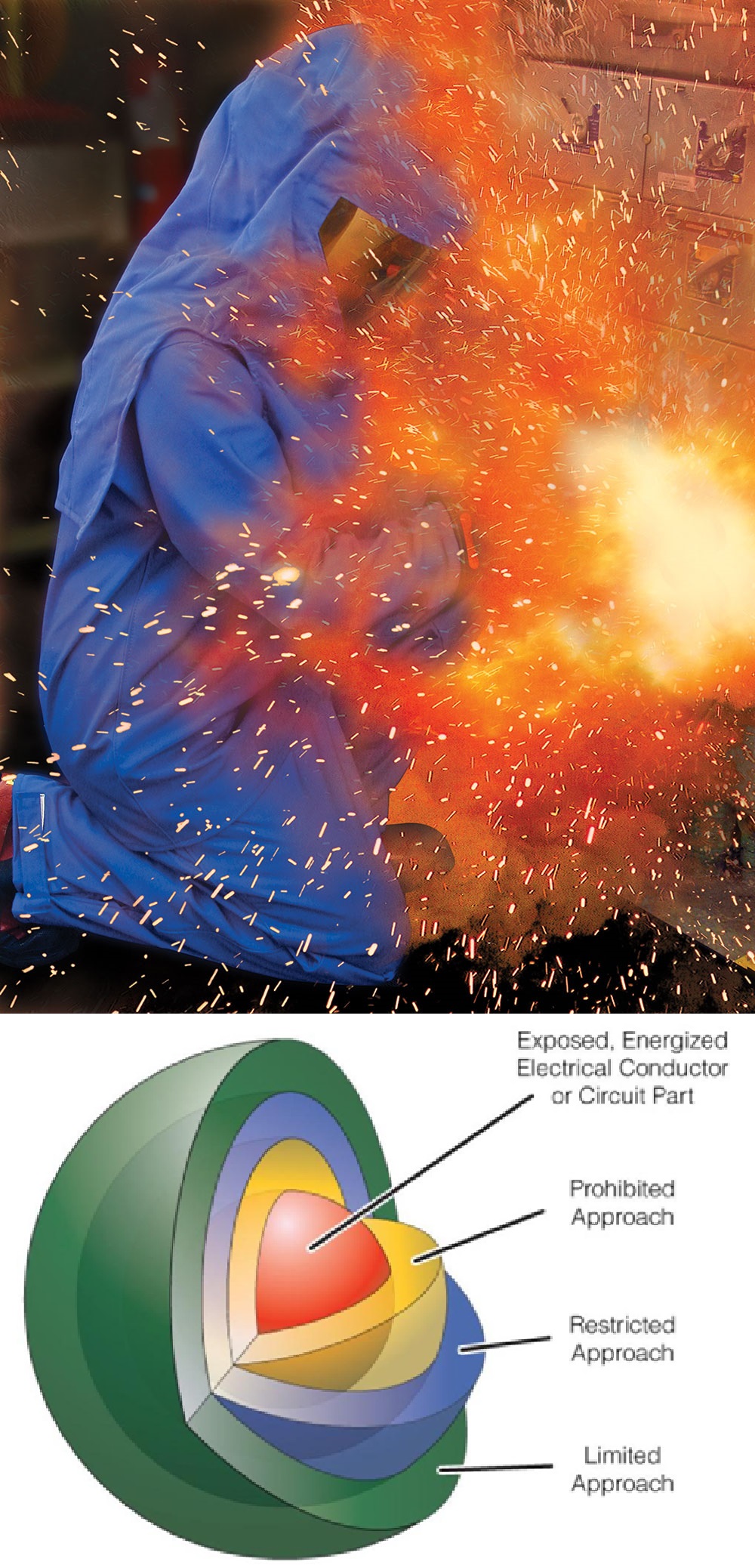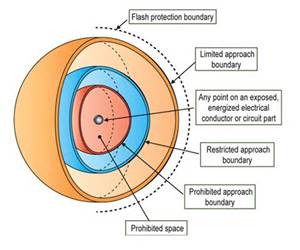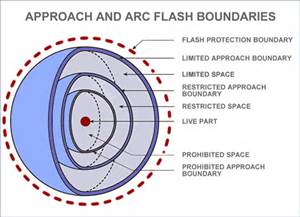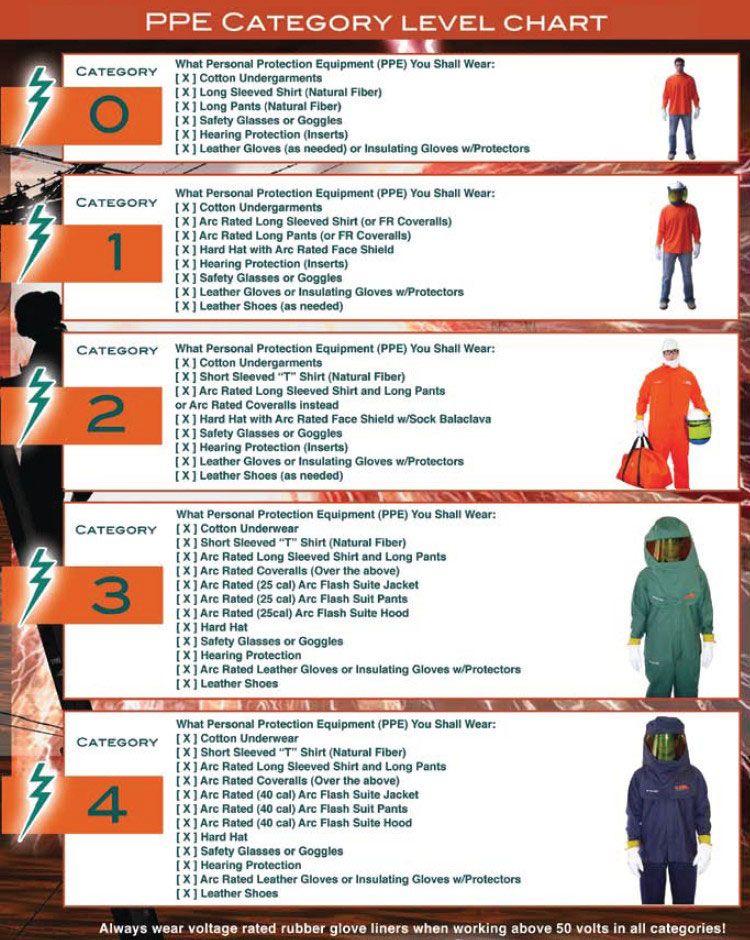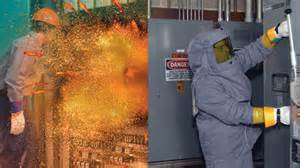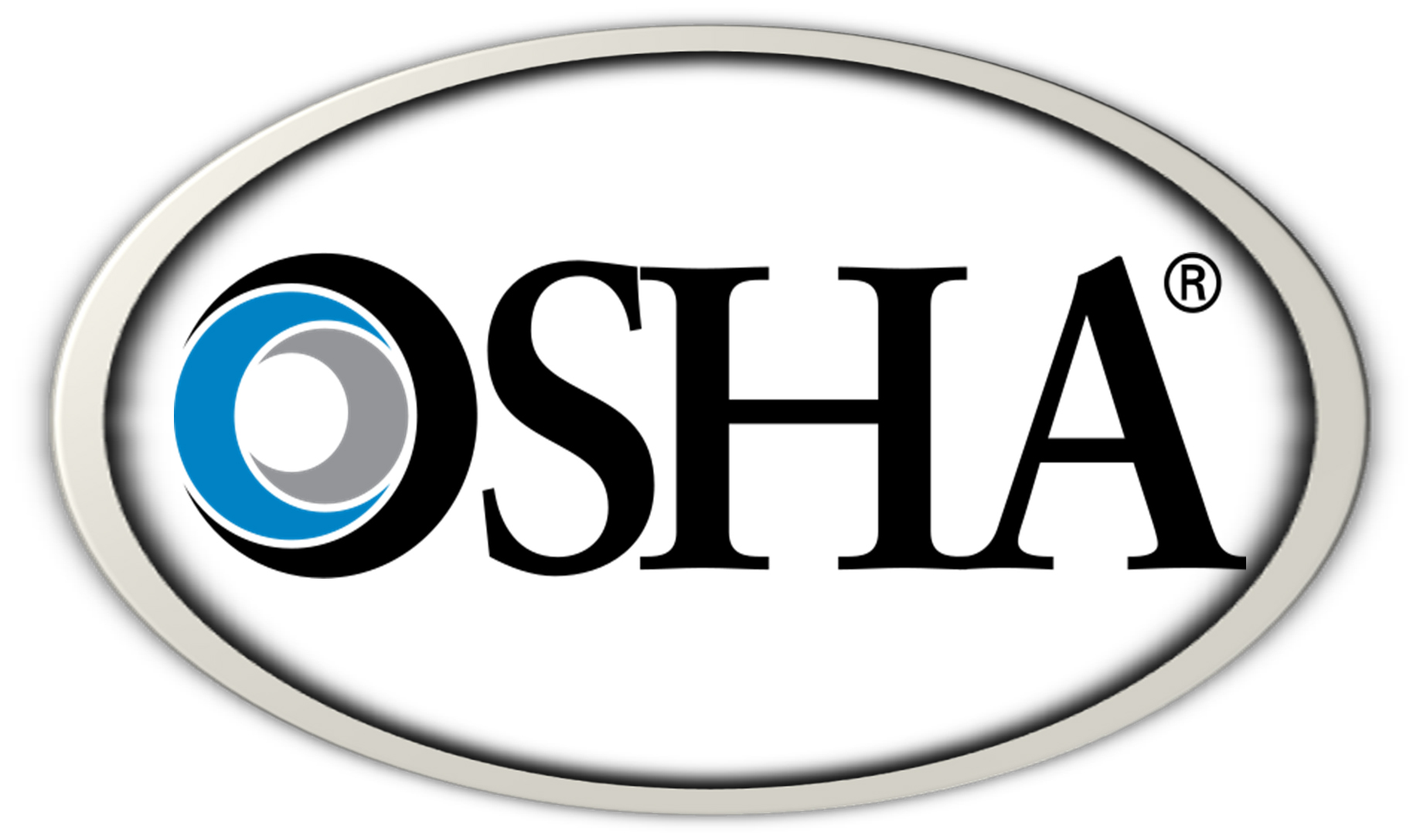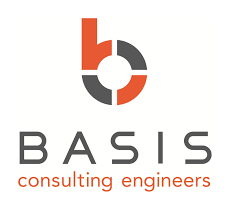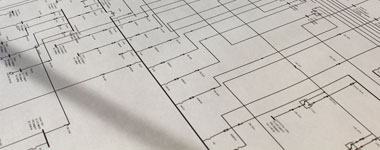
Arc Flash Hazard Analysis- Further Information
What is an Arc-Flash?
Arc Flash is the result of a rapid release of energy due to an arcing fault between a phase bus bar and another phase bus bar, neutral or a ground. During an arc fault the air is the conductor. Arc faults are generally limited to systems where the bus voltage is in excess of 120 volts. Lower voltage levels normally will not
sustain an arc. An arc fault is similar to the arc obtained during electric welding and the fault has to be manually started by something creating the path of conduction or a failure such as a breakdown in insulation.
The cause of the short normally burns away during the initial flash and the arc fault is then sustained by the establishment of a highly-conductive plasma. The plasma will conduct as much energy as is available and is only limited by the impedance of the arc. This massive energy discharge burns the bus bars, vaporizing the copper and thus causing an explosive volumetric increase, the arc blast, conservatively estimated, as an expansion of 40,000 to 1. This fiery explosion devastates everything in its path, creating deadly shrapnel as it dissipates. The blast may also spray molten metal throughout the vicinity. Solid metal debris and other loose objects, such as tools, can be turned into deadly projectiles by the explosion. The bright flash from the event can result in temporary or permanent blindness. Electric arc flash temperatures can reach 35,000 degrees Fahrenheit, which is hotter than the surface of the sun. Human skin can be severely burned in a fraction of a second. Any flammable material, including non-flame resistant clothing, may also ignite.
What are the steps to completing an Arc-Flash Hazard Analysis?
- Collect the Data from on-site inspections and evaluations of the electrical distribution by a Licensed Electrician.
- Engineering analysis of data collected by Registered Professional Engineer
- Build the One-Line Model by entering the data into (SKM Software).
- Execute the short circuit study
- Review AIC ratings of equipment and evaluate compliance with the short circuit study.
- Execute selective coordination study (optional).
- Recommended changes to the electrical system (prior to labeling)
- Produce warning labels in compliance with NFPA70E, can be customized to the clients needs.
- Produce one-line diagrams of the facilities electrical distribution.
- Provide training by reviewing the content of the labels and what the information means. Overview of NFPA 70E.
- Re-evaluate system changes and labeling every 5 years.
